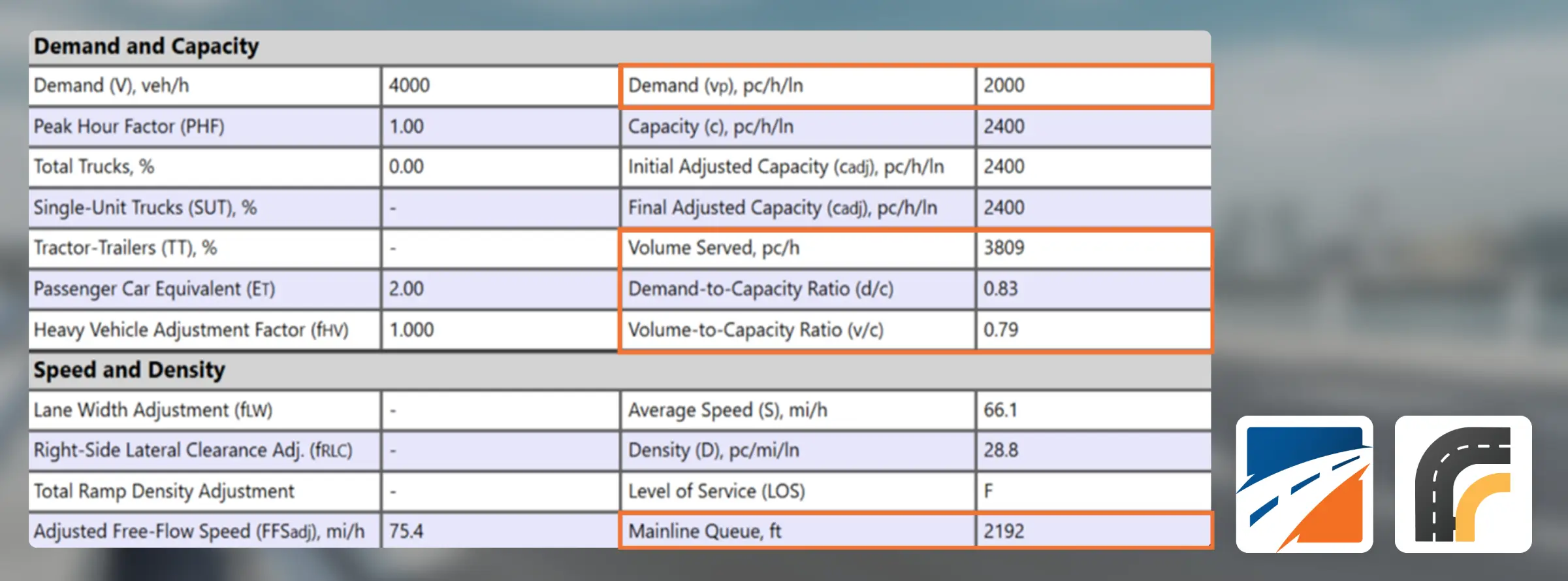The McTrans Center is represented in the University of Florida Transportation Institute (UFTI) team in ITE’s Vision Zero Sandbox Challenge, which has been selected as one of two finalists for the Professional Competition category[1]. The McTrans/UFTI team will present their solutions to the judges and the attendees at a session in the Virtual Annual Meeting on Tuesday, July 20, 2021, from 4:00-5:30 p.m. EDT.
This year’s challenge goal was to develop a methodology that used automated conflict data to create low-cost solutions for a variety of intersections in Bellevue, Washington. The McTrans/UFTI team analyzed data on crashes and “near-misses” to identify the priority locations and to determine appropriate low-cost countermeasures for each location.
The HCS module Streets was used to estimate the expected impacts of these countermeasures on both safety and multimodal operational performance. For that end, a crash prediction module embedded in Streets was used, following recent UFTI research and development[2]. This model is able to predict the frequency of different crash types sensitive to signal timing and phasing scheme parameters, such as protected versus permitted phases, split phasing, all red time, and total cycle length. Along with other geometry characteristics, this model includes lane configuration as an input, the number of shared lanes versus dedicated lanes for each movement, and the left-turn storage area. The integrated methods allow for the evaluation of the tradeoff between safety and operational performance measures. The proposed set of countermeasures was able to reduce the predicted number of crashes by up to 29%. In some cases, the countermeasures aimed at enhancing safety did increase the intersection delay, affecting vehicle LOS, while in some cases, it was possible to improve both safety and LOS by using more efficient signal phasing and timing. LOS for bicycles and pedestrians, as calculated by the methodology in HCM implemented in Streets, remained in good standards for all scenarios.
In the current HCS version, the safety tool can be found in the signal optimization section under Detailed Input Data on the Streets input screen. In the next release, a new report for the safety model will make it easier to present results and compare the tradeoffs between safety and operations for intersection analysis.
[2] Andrade, G. R., L. Elefteriadou, M. Hadi, V. Khanapure (2020) Method for assessing effect of input parameters on multiobjective optimization of signal control Journal of Transportation Engineering Part A Systems, 146 (2)
[3] Andrade, G. R., Elefteriadou, L., Zhang, L. (2017) Signal Timing Optimization with Consideration of
Environment and Safety Impacts, Part B. Final Report. Southeastern Transportation Research, Innovation, Development and Education Center (STRIDE), University of Florida





